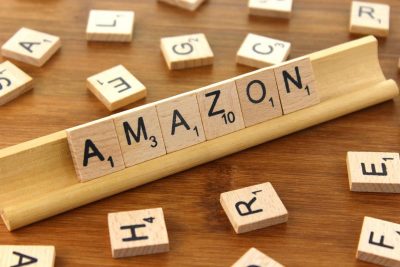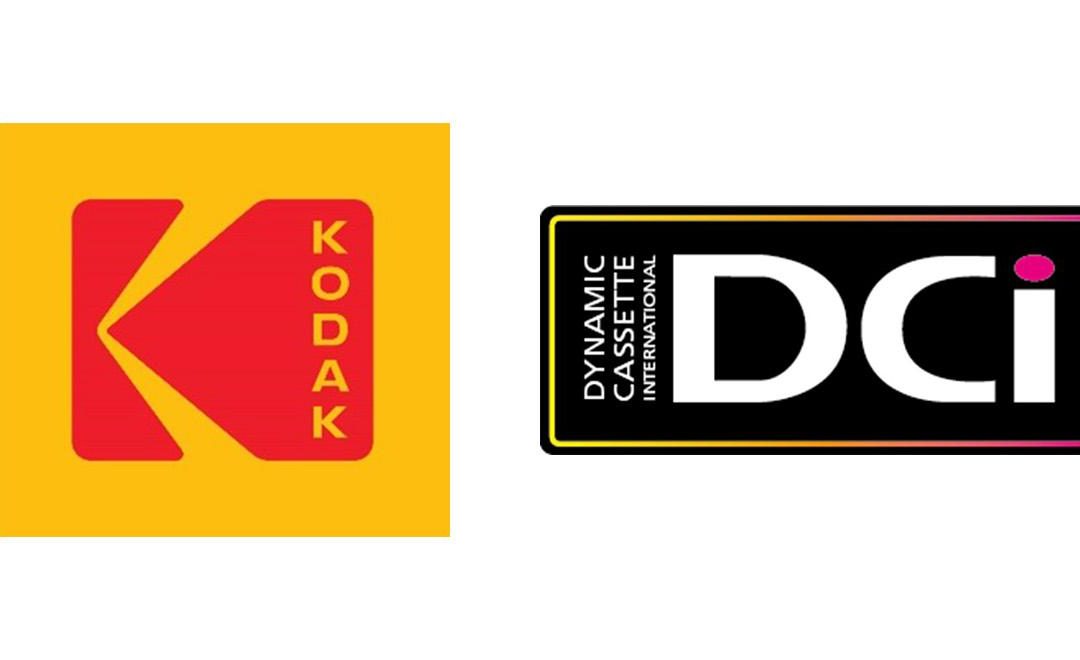
With three Amazon fulfilment centres being built in locations across the country, the online retailer is primed to “revolutionise the consumer journey”, as AdNews reports.
The building of these new facilities will help enable Amazon “to have a significant impact on how consumers search for products and find brands” in Australia, with a study by StarCom revealing that the antipodean nation “is much more fertile ground” compared to the USA and other markets.
This is in part due to the distribution of the country’s population, which is mainly concentrated around “five major cities”, meaning that the majority of Australians “will live within two hours” of the new centres Amazon is building.
According to the AdNews article, Amazon’s goal is to shake up the Australian retail sector by providing “a superior online shopping experience” coupled with “more expedient delivery”, in the form of Amazon Prime.
This special next-day delivery service is something with which “most Australian retailers cannot compete”.
According to StarCom Australia’s Chief Executive, Toby Barbour, “Amazon Prime penetration could reach 30 percent of Australian households within 20 months”.
“In Australia, because of the concentration of our population, they will be able to reach 50 percent of our population to a prime membership base,” Barbour went on. “We know the average earnings per user is significantly greater for a Prime member … we know that’s their Trojan horse weapon.”
Amazon has already had a substantial impact on search, “with online shopping often starting and ending inside the Amazon’s marketplace.”
“One of the main impacts we are predicting and working with our clients on is search marketing,” Columbus GM of NSW, Queensland and operations Mitchell McBeath told AdNews.
“If Amazon’s launch of the marketplace is done correctly and they have all of the product and inventory partnerships within the Australian market that could potentially disrupt the search, display and programmatic space.”
Meanwhile, Iain Addy of iProspect revealed that Google has a majority share in search in Australia (85 percent) with the remainder going to Bing.
“We’re going to see a slight change in the way people search within Google. Generic product based searches like ‘jeans’ or ‘laptops’ increase by close to 160 percent when Amazon launches whereas brand searches only increase by 50 percent,” he said.
“People are looking to compare products more rather than branded searches. We are already starting to see that shift in Australia where generic searches have increased 49 percent and brand searches 35 percent.
“In the US, they’ve seen some great success around Amazon basics, so things like batteries and dishwashing liquid where you don’t think about brand. Amazon has really managed to monetise those basket fillers.
“A lot of our discussions with clients is how we can compete with Amazon from a media point of view. We talk to them about being ‘fast, found and personal’.”
When it comes to luring customers to its website, the article also revealed that Amazon is willing to channel a sizeable amount of money on Google “paid search”.
“What we also know, and this is an important point, is that the user review and ratings algorithm that goes behind a search ranking, rather than just paid search, makes a huge difference because 65 percent of Amazon sales in the marketplace come from the top three search listings,” Barbour adds.
“That comes back to brand experience, and that’s why you can more directly and strongly correlate search behaviours and patterns to brand experience, service and design through the user review and rating scheme.”
In addition, Amazon has its own DSP for marketers to take advantage of, which has “surpassed Google’s DoubleClick Bid Manager” in the USA, according to McBeath.
“The reason why that has occurred is that Amazon has incredible shopping and consumer behaviour data that other inventory providers don’t have – the start of the process and end of the process,” he continued.
“So for things like re-marketing, dynamic creative and so many different cool things you can do with that user behaviour, that’s one of the main reasons why they’ve been able to translate that into display and programmatic revenue.”
The article concludes with Barbour explaining that “it has never been more fundamental for brands to develop a one-to-one relationship with the customer and dominate the category to be top of mind.”
“It’s going to search for the lowest common denominator in price and the argument is it looks for price and value, it doesn’t search for brand,” Barbour explained.
“There will be consolidation for brands and the risk and danger is that if you commoditise, you don’t have a brand relationship with your customer, then you’re in real risk in this new world of smart speakers and intelligent agents and voice search, but the opportunities are for brands to develop that relationship.”









